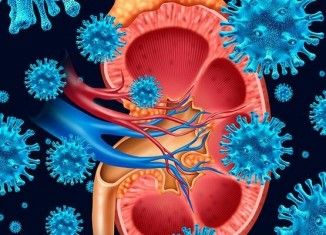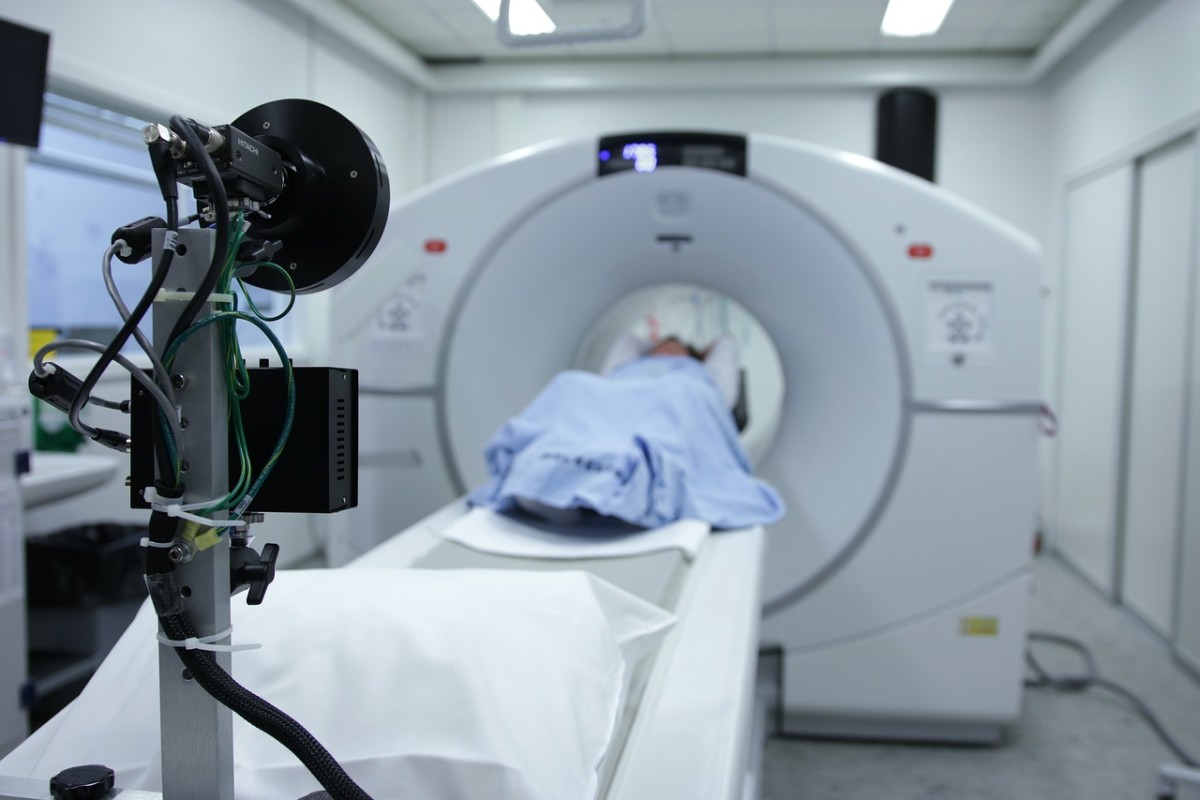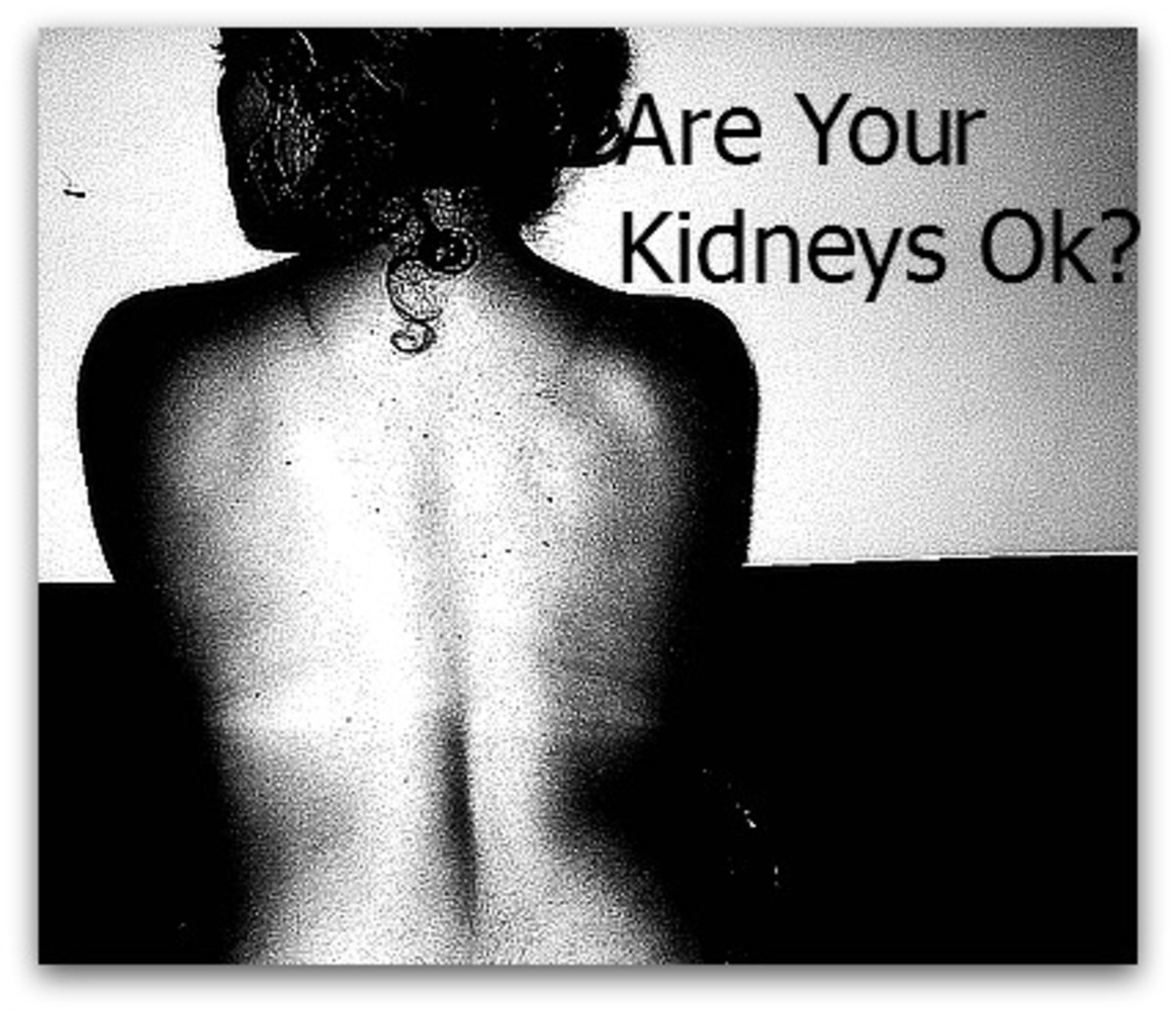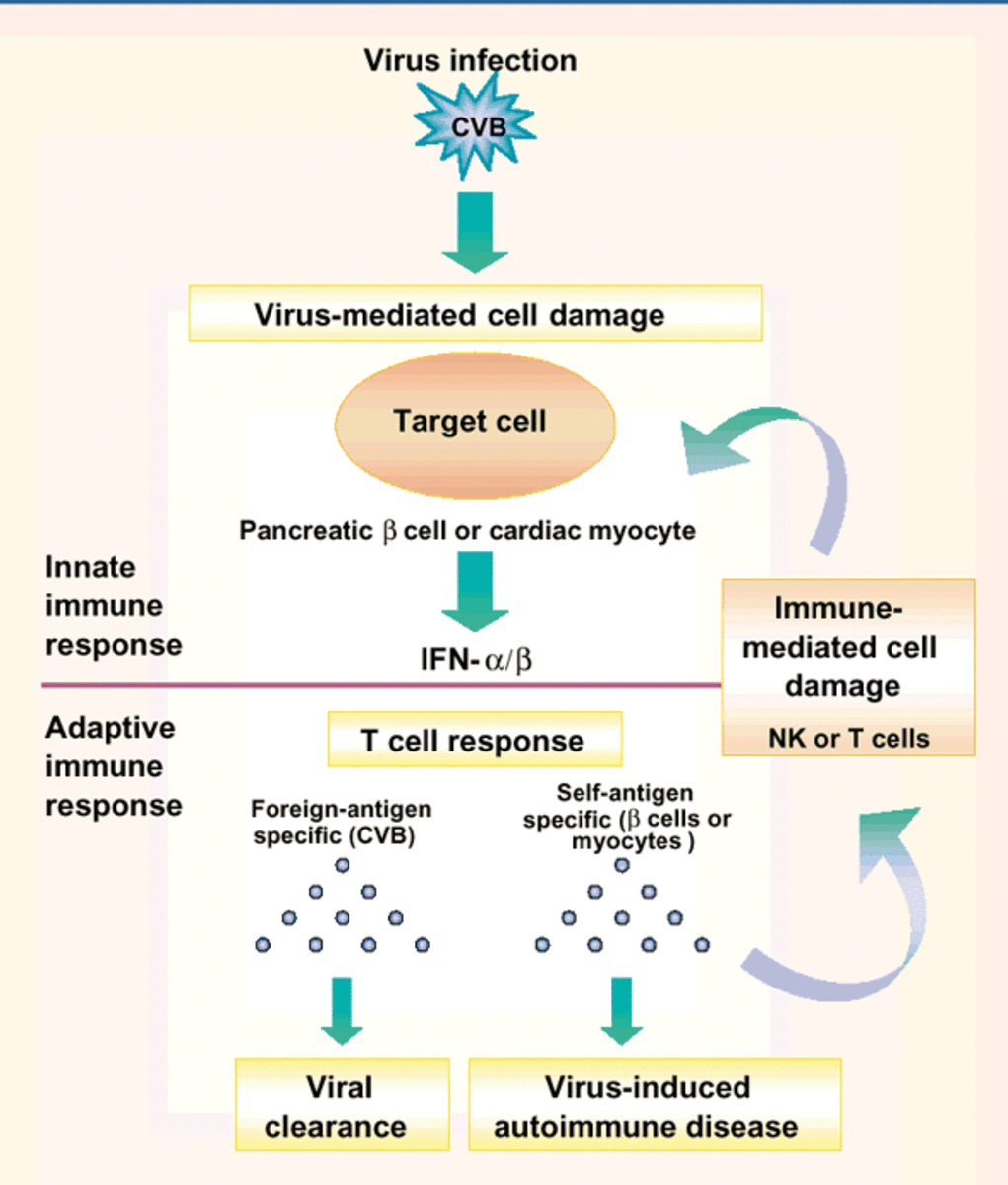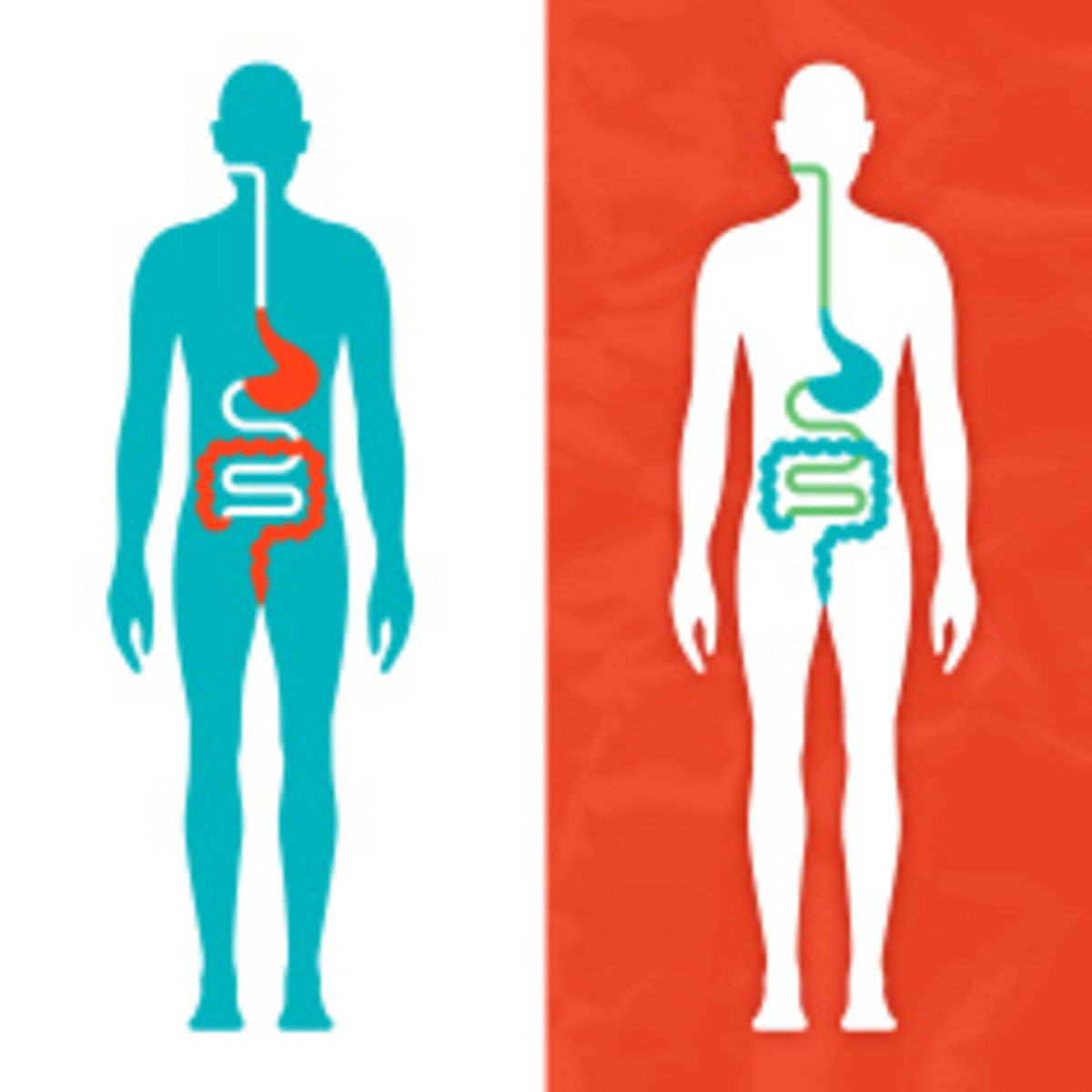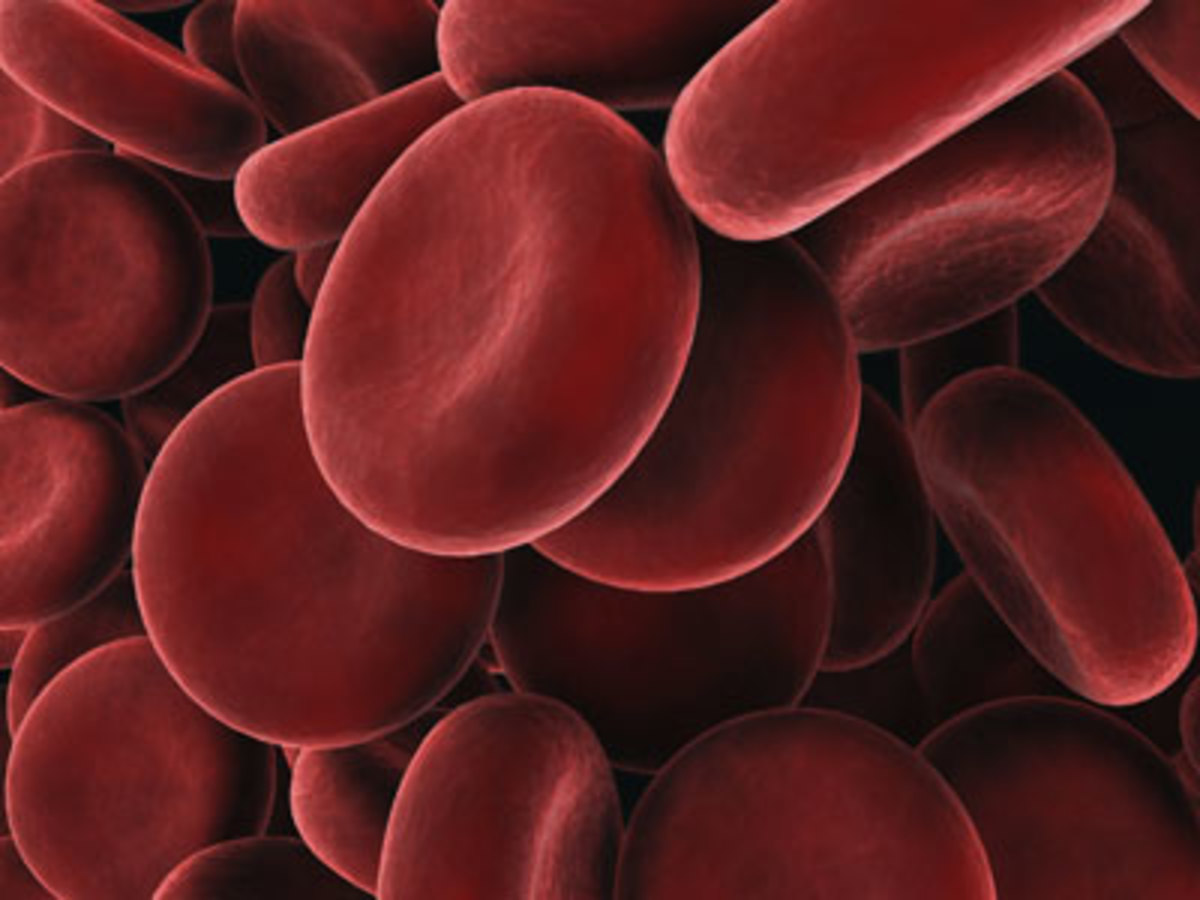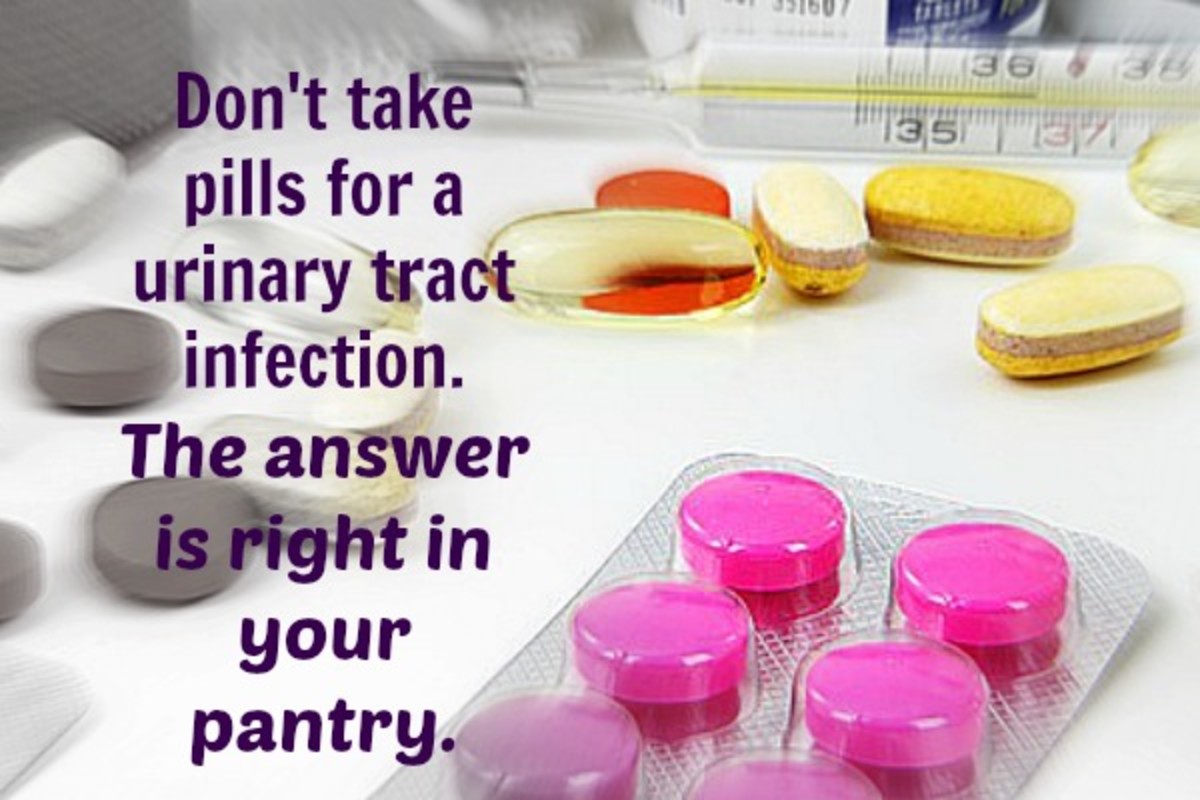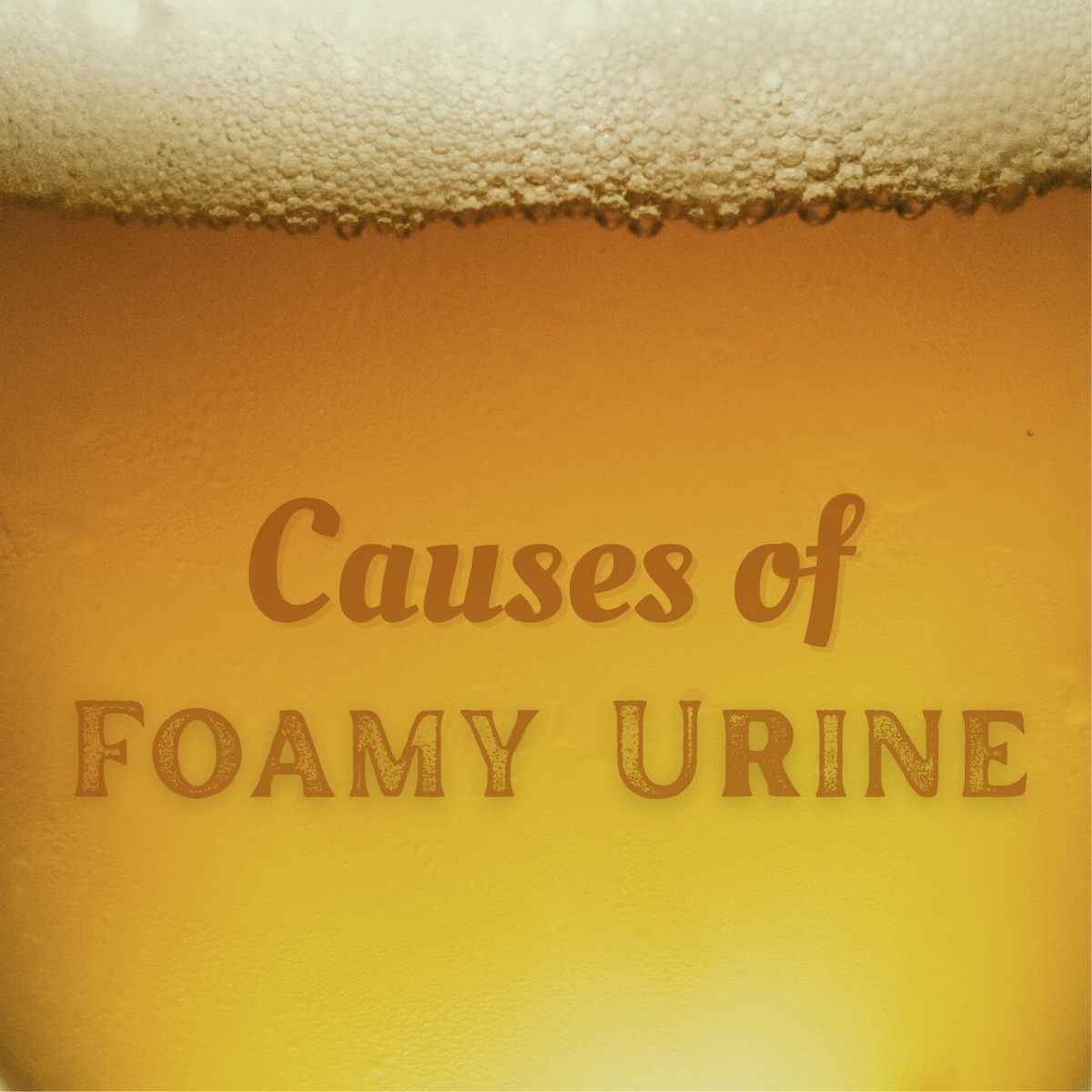How to manage Uremia
Chronic renal failure uremia
Progressive degenerative changes in renal tissue bring marked depression of all renal functions. Eventually few functioning nephrons may remain, and these slowly deteriorate. Uremia is the term given the symptom complex of advanced renal insufficiency. Although the name derives from the common finding of elevated blood urea levels, the symptoms result not so much from uremia concentrations per se as from disturbances in acid-base balance and in fluid and electrolyte metabolism and from accumulation of other obscure toxic substances not clearly identified.
Clinical symptoms. Individual patients vary in degree of symptoms. Each one must be managed according to individual laboratory test indications of renal function. Usually anemias, weakness, lose of weight, and hypertensions are present. Sometimes aching and pain in bones and joints occur. Later signs of progressive illness include skin, oral, and gastrointestinal bleeding caused by increased capillary fragility; muscle twitching uremic convulsions; Cheyne-Stokes respiration (an irregular, cyclic type of breathing); ulceration of the mouth: and fetid breath. Resistance to infection is low.
Diet therapy
TREATMENT OBJECTIVES. Treatment aims at correction of individual nutrient imbalances according to the progression of the illness and the patient’s response to the treatment being used. In general, however, overall treatment has several basic objectives:
- To reduce and minimize protein breakdown
- To avoid dehydration or overhydration
- To correct acidosis carefully
- To correct electrolyte depletions and avoid excesses.
- To control fluid and electrolyte losses from vomiting and diarrhea
- To maintain nutrition and weight
- To maintain appetite and morale
- To control complications such as hypertension, bone pain, and central nervous system abnormalities
GENERAL PROTEIN AND ELECTROLYTE CONTROL. The knotty problem is to provide sufficient protein to prevent tissue protein breakdown, yet avoid an excess that would elevate urea levels. A number of years ago Borst, an English physician, proposed a nonprotein, non-potassium plan composed of butter, sugar, and cornstarch, served as soup, pudding, or butterballs. However, the diet is drastic and intolerable and is rarely administered except in extreme cases.
With more recent advances in the use of hemodialysis, some kidney treatment centers have outlined a more liberal moderate-protein intake for their patients undergoing dialysis for chronic uremia.
Individual patient adjustments may be made from such a plan. For example, salt may be added if increased sodium chloride is needed. Protein food allowances may be decreased and low-protein bread used if less protein is desired. Carbohydrate foods may be increased if added calories and a proteinspelling effect are required. The intake of the major electrolytes, sodium and potassium, as well as water, is carefully controlled according to individual kidney function and laboratory tests of each item. Thus careful records total water intake and output are necessary.
A summary of the average dietary needs in chronic renal failure includes the following:
Protein – 30 to 70 gm.
Carbohydrate – 300 to 400 gm.
Fat – 70 to 90 gm.
Calories – 2,000 to 2,500
Sodium – 400 to 2,000 mg. (4 gm. salt)
Potassium – l, 300 to 1,900 mg.
THE LOW-PROTEIN-ESSENTIAL AMINO ACID DIET (MODIFIED GLORDANO-GLOVANNETTI REGIMEN) the separate work of the two Italian physicians Carmelo Giordano at the University of Naples and Sergio Giovannetti at the University of Pisa has given an encouraging dietary base to sustain patients with uremia and alleviate many of their difficult symptoms. The basis of the diet is the principle of feeding only essential amino acids to fulfill the extremely low protein restriction of about 20 gm. This causes the body to use its own excess urea nitrogen to synthesize the nonessential amino acids needed for tissue protein production.
The foods used in various clinical settings in different countries to fulfill the diet principle relate to cultural food choices. The general features of the food plan developed for use in the United States for the modified Giordano-Giovannetti diet is given above. The animal sources of protein in the food plan, one egg and 6 ounces of milk, supply minimal requirements of all the essential amino acids except methionine; thus an amino acid supplement, especially of methionine, is generally also used with the diet. Practical diet plans, food exchange lists, recipes, and food preparation suggestions have helped to make the diet useful in the home situation. Careful instruction must be given the patient and his family, with much follow-up, help, and support to carry out the plan in a practical manner.
The diet has been effective with a number of patients in reducing the clinical symptoms. Blood urea concentrations decrease, nitrogen balance becomes positive, and clinical symptoms such as loss of appetite, vomiting, fatigue, and muscle twitching disappear or improve. The diet has effectively reduced the production of protein breakdown materials and prevented wastage of the body protein. A number of patients have been able to return to their usual work situations while awaiting further dialysis treatments or kidney transplants
uremia
